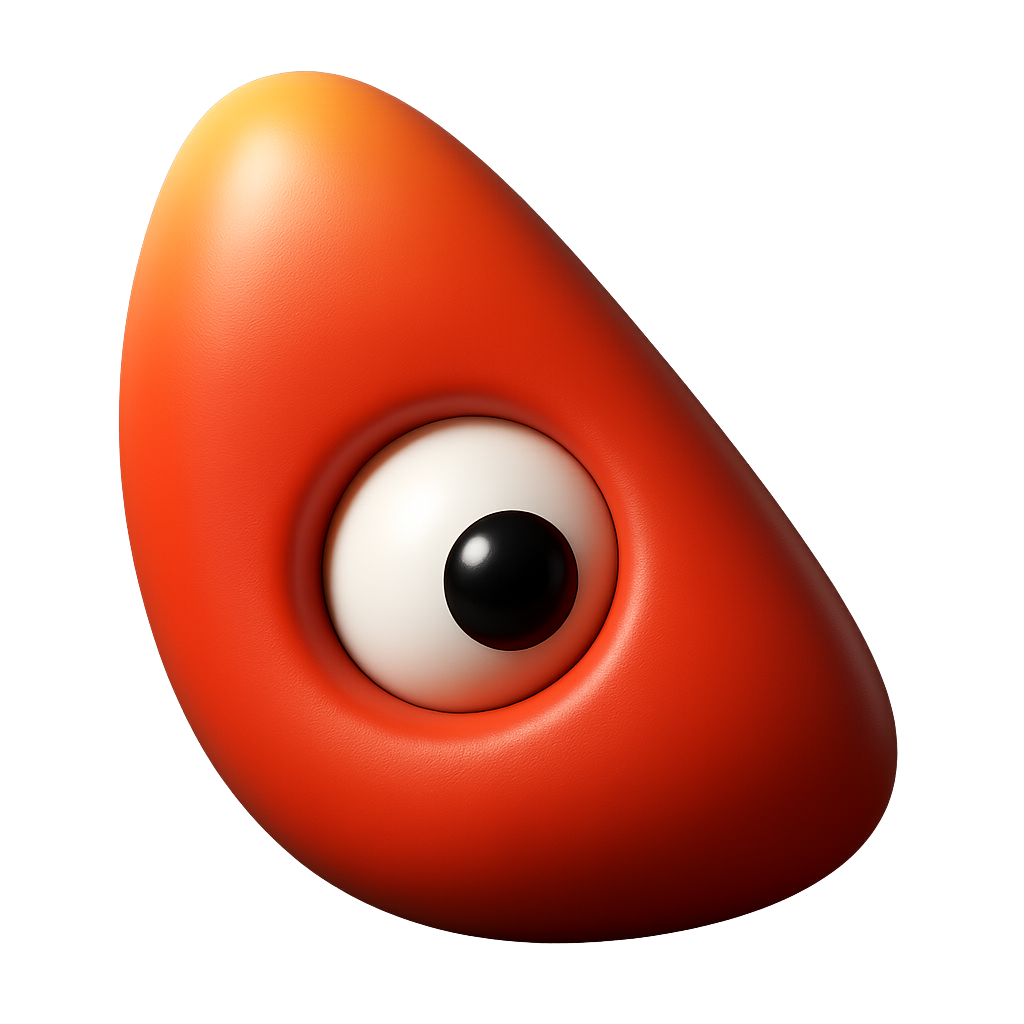The Future of Illustration and Design with AI Tools
AI is ubiquitous these days. It’s in our phones, our emails, our playlists, and yep, it’s even showing up in our design software. If you’re an illustrator or designer, you might be wondering: “Is this a good thing, or… should I be worried?”
The short answer? It’s a bit of both. In this post, we’ll walk through what’s happening with AI in the design world, what it could mean for creatives like us, and how to stay ahead of the curve without losing your spark.

Where We Are Right Now
First, let’s zoom out a little. Illustration and design have already gone through a huge shift over the past couple of decades—from pencils and paper to tablets and design apps. Now we’re seeing the next big wave: artificial intelligence.
AI tools like Adobe Firefly, DALL·E, Midjourney, and Canva’s Magic Studio are starting to help designers generate images, suggest layouts, clean up drawings, and even mimic artistic styles. It’s like having a digital assistant who works very fast but doesn’t always get it right.
What AI Can Do (That’s Pretty Cool)
Here’s what AI is already doing in the world of illustration and design:
- Generating artwork from text prompts: Want a “whimsical fox sipping coffee in a Paris café”? Just type it in (this can be useful for scoping out composition, colour choices, etc. See ‘Mood boards’ below).
- Speeding up repetitive tasks: Think background removal, file resizing, or color palette matching.
- Creating mood boards or mockups: AI can help spark ideas in the early stages of a project.
- Improving your sketches: Some tools can “clean up” hand-drawn lines or suggest better compositions.
And that’s just scratching the surface. Designers are using AI to brainstorm, explore different versions of a concept, and even test out new styles without having to start from scratch.
What This Means for Creatives Like Us
This sounds great but, what are the pros and cons of using AI, in our creative processes?
The pros:
- You save time on repetitive parts of your workflow.
- You can experiment more quickly with new ideas or styles.
- It opens doors to new creative services, especially if you freelance.
The cons:
- Some fear that AI will “replace” artists or devalue creative work.
- Ethical issues around copyright and originality are still being worked out.
- It’s easy to rely on AI too much and lose your own artistic voice.
The truth is, AI can be seen as either a tool or an ‘assistant’, in our creative processes. It’s not a replacement for creativity, emotion, or storytelling.
Skills That Will Matter More Than Ever
To thrive in this new era, here are some skills that are becoming increasingly valuable:
- Creative direction: Knowing how to guide and shape a project, even when AI is part of the process.
- Prompt writing: Yup, learning to “talk” to AI in a way that gets the best results is becoming a real, sought after skill.
- Design thinking: Understanding user needs and human emotions. Something AI still can’t do well.
- Flexibility and curiosity: The tools will keep changing, but if you keep exploring, you’ll stay relevant.
What’s Coming Next?
As AI tools evolve, we’re going to see new types of creative jobs pop up, like:
- AI-assisted illustrators who blend traditional skills with tech-savvy workflows.
- Prompt engineers who craft the perfect text inputs to get the desired visual output.
- Design consultants who help businesses use AI tools without losing their brand identity.
- Template and asset creators who sell AI-enhanced design kits or illustration packs.
If you’re a freelancer or side-hustler, this is a great time to explore how you can use AI to offer new services or reach new clients.
A Quick Note on Ethics and Copyright
- Who owns AI-generated art? That’s still a legal grey area in many places.
- What if AI copies your style? Some artists have already raised concerns about their work being used to train AI models without permission.
- Bias in the data: AI is only as 'good’ as the data it’s trained on, and that can lead to some problematic results.
The key is to stay informed, protect our own work, and speak up when something feels off. Ethical design is still human-powered.
Final Thoughts: It’s Not the End—It’s a New Chapter
AI isn’t here to take away your creativity. It’s here to challenge it, stretch it, and maybe even free up some time so you can focus on the parts of your work you love the most.
Think of AI as your intern: eager, fast, and helpful, but definitely in need of your direction.
What Do You Think?
Are you using AI tools in your design work yet? Curious? Skeptical? Hooked?
Drop your thoughts in the comments. I’d love to hear what you’re exploring, what excites you, or what concerns you about this technological shift and, if you want to stay up to date with creative tips, AI tools, follow along.

Leave a Comment
I hope you enjoyed this post. If you would like to, please leave a comment below.